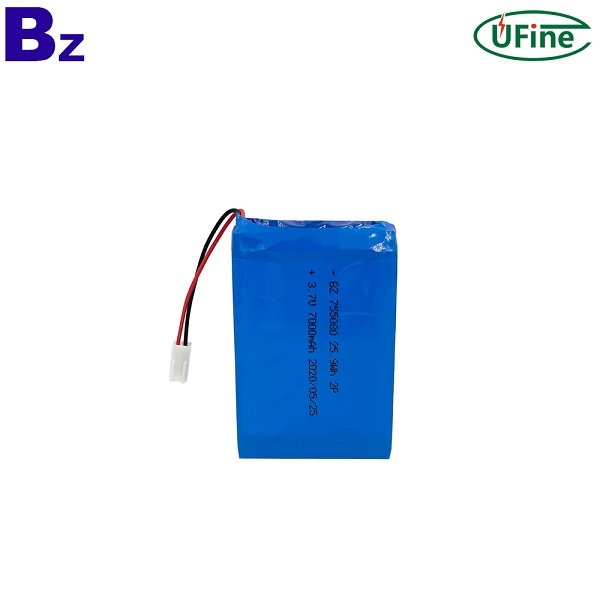Ternary lithium battery is a common type of rechargeable battery. It realizes the charging and discharging process by the repeated intercalation and deintercalation of lithium ions between the positive and negative electrodes.

Compared with other types of lithium-ion batteries, ternary lithium batteries have higher energy density and better cycle life, so they have been widely used in many application fields, such as electric vehicles, portable electronic devices, etc. However, ternary lithium batteries also need to follow the corresponding precautions to ensure their safety and performance.
The following are some precautions when using ternary lithium batteries:
Charging: Charge using the recommended charger and cable and follow the manufacturer’s charging guidelines. Do not use unsuitable or low-quality charging equipment, so as not to cause problems such as overcharging, over-discharging or overheating.
Temperature Control: Avoid placing the battery in a high or low temperature environment. Excessive temperatures can reduce battery life and may even cause safety issues. At the same time, battery performance at low temperatures will also be affected.
Avoid excessive charging and discharging: try to avoid charging and discharging the ternary lithium battery to the limit. Overcharging or overdischarging can negatively affect battery life. Use a professional battery management system or device to monitor the charging and discharging process to ensure operation within a safe range.
Prevent physical damage: The ternary lithium battery is relatively fragile, and physical damage such as impact, extrusion and bending should be avoided to ensure its normal function and safety performance.
Waterproof and moistureproof: ternary lithium batteries are very sensitive to moisture. Avoid immersing the battery in water or exposing it to a humid environment to prevent safety risks such as battery performance degradation or short circuits.
Pay attention to the charging time: disconnect the charger from the battery in time. Prolonged overcharging may result in overheating and damage to the charger.
Pay attention to discharge time: avoid discharging the battery to a low state to prevent the battery from being recharged or damaged.
Storage conditions: When not in use for a long time, the ternary lithium battery should be charged to about 50%, and stored in a dry, ventilated, and temperature-friendly environment to prolong its lif